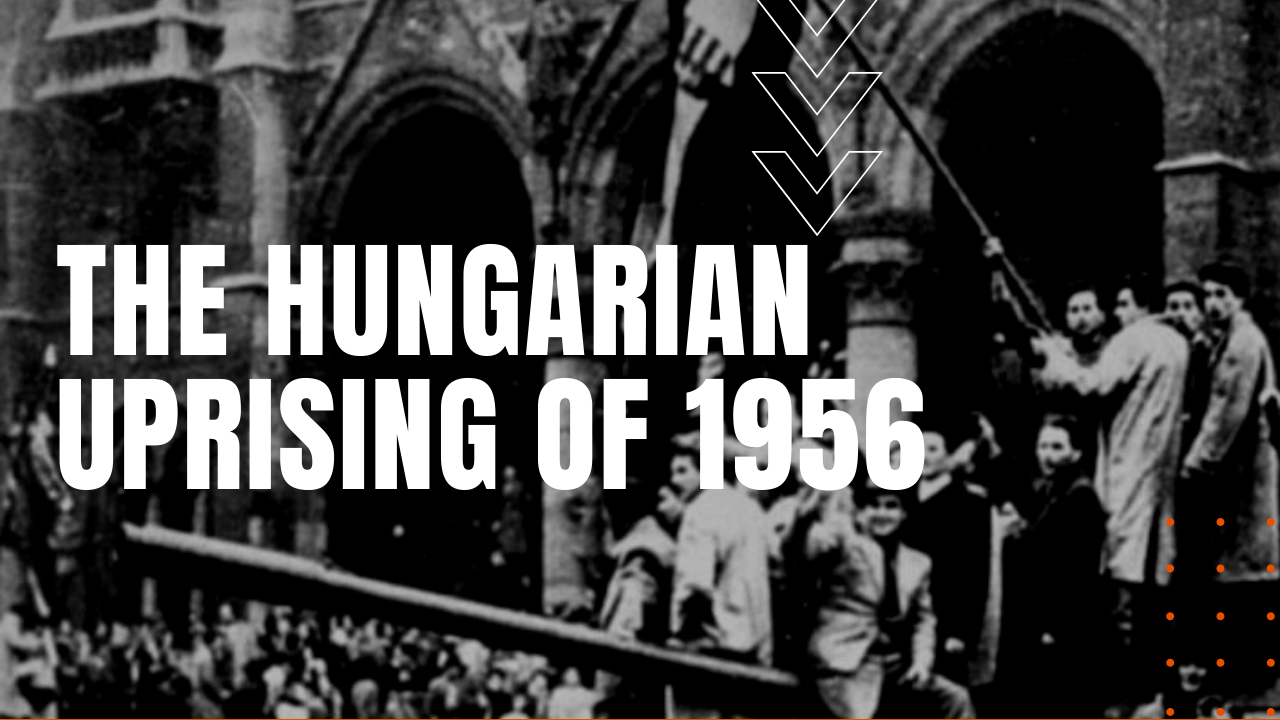Hungarian Uprising: Revolution to Overthrow Soviet Control in 1956

After suffering egregious losses to the Germans in both world wars, after the Hun’s second defeat in 1945, the Soviet Union imposed their will over their Eastern Block satellite countries in an effort to buffer mother Russia from future Germanic aggression.
Fed up by Communist shortages and Soviet-imposed policies, on October 23rd, 1956, student protesters marched through Central Budapest to the Hungarian Parliament Building. Quickly detained by Soviet-backed police, when protesters outside the Parliament building called for the student’s release, they were fired upon by the State Security Police or AVH, as they were known.
After the dead were draped in Hungarian flags and paraded through the streets of Budapest, thousands of Hungarians organized into militias and went to war against the AVH and an invasion of Soviet troops. During the revolt, AVH members and local leaders sympathetic to Soviet rule were captured and lynched, while former political prisoners were released and armed for the fight.
After Hungary’s initial victory over the Soviets, a sense of liberation and freedom from Communist oppression swept through the country. By the end of October, fighting had almost ceased, and days of tranquil normality began to return.
Hungarian Revolution
A new government was hastily formed behind revolutionary leader Imre Nagy, who quickly disbanded AVH while pledging to re-establish free elections. With growing unrest in several other eastern block satellite countries, desperate Soviet leaders needed to set an example, and after rumors began to circulate that Nagy intended to withdraw from the Warsaw Pact, the Eastern European Military Alliance solely controlled by the Soviet Union, on Thursday November 4th, Soviet tanks and troops poured back across the Hungarian border, intending to crush the rebellion once and for all.
This time the battle would prove to be bloody and one-sided, for wherever belligerents were discovered, entire buildings were brought down to swiftly end pockets of resistance. While there were diplomatic protests from the free capitalist west, the world looked on in muted silence as the Soviets re-imposed their will over Hungary.
While Nagy fled to the Yugoslav Embassy in search of asylum, he was later arrested by Soviet authorities, and like hundreds of other prominent revolutionaries, Nagy was summarily executed after a mock show trial. During the weeks that followed, 200,000 Hungarians fled the country, while thousands more were arrested and sent to labor camps. Over 2,500 Hungarians and 700 Soviet troops were killed during the uprising, forcing a repressed population back into obedient silence until the Soviet Union dissolved in December of 1991.
